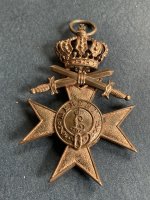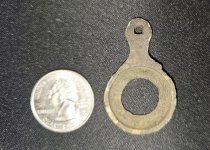pcolaboy
Hero Member
I'm curious to know what conditions, if any, may cause a magnetometer survey to not detect a 17th or 18th century vessel or at least cause the data of a site to look 'uninteresting'.
For instance, let's say someone is towing a very capable magnetometer in 40-50 feet of water with a hypothetical range of 500 yards. And lets say that they pass a 5 foot deep shoal 400 yards away that happens to have the remains of an old sailing ship. Would the data collected from that site look less interesting than it would if it were at a depth more relative to the depth that the towfish is running in?
I hope what I'm asking makes some sense. There's a wreck that I've found which is at the very edge of a shallow sandy shoal with a fairly steep drop off to about twenty feet of depth. The shoal appears to have shifted over and on top of the wreck. The last official mag survey done in the general area did not return any "hot targets" but there is most certainly a wreck lying there.
Thanks in advance,
Pcola
For instance, let's say someone is towing a very capable magnetometer in 40-50 feet of water with a hypothetical range of 500 yards. And lets say that they pass a 5 foot deep shoal 400 yards away that happens to have the remains of an old sailing ship. Would the data collected from that site look less interesting than it would if it were at a depth more relative to the depth that the towfish is running in?
I hope what I'm asking makes some sense. There's a wreck that I've found which is at the very edge of a shallow sandy shoal with a fairly steep drop off to about twenty feet of depth. The shoal appears to have shifted over and on top of the wreck. The last official mag survey done in the general area did not return any "hot targets" but there is most certainly a wreck lying there.
Thanks in advance,
Pcola


 -- Ivan
-- Ivan

